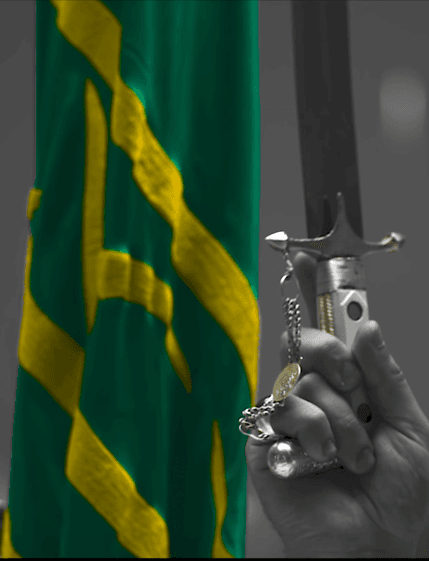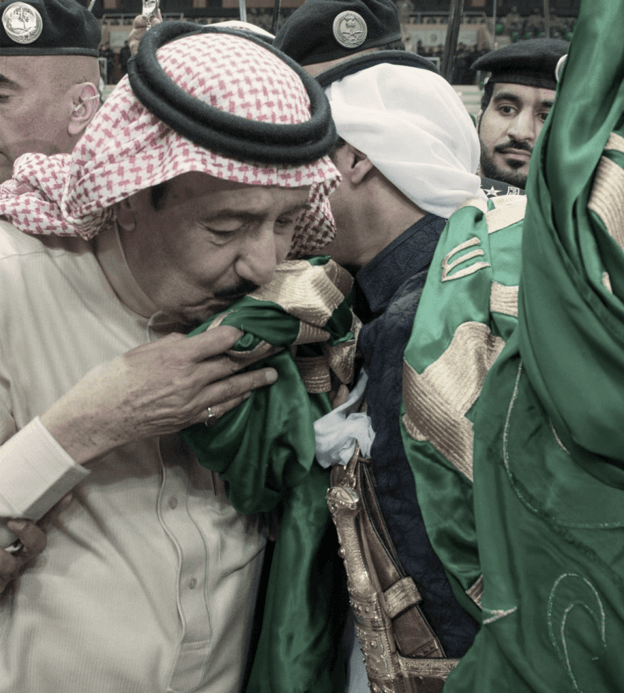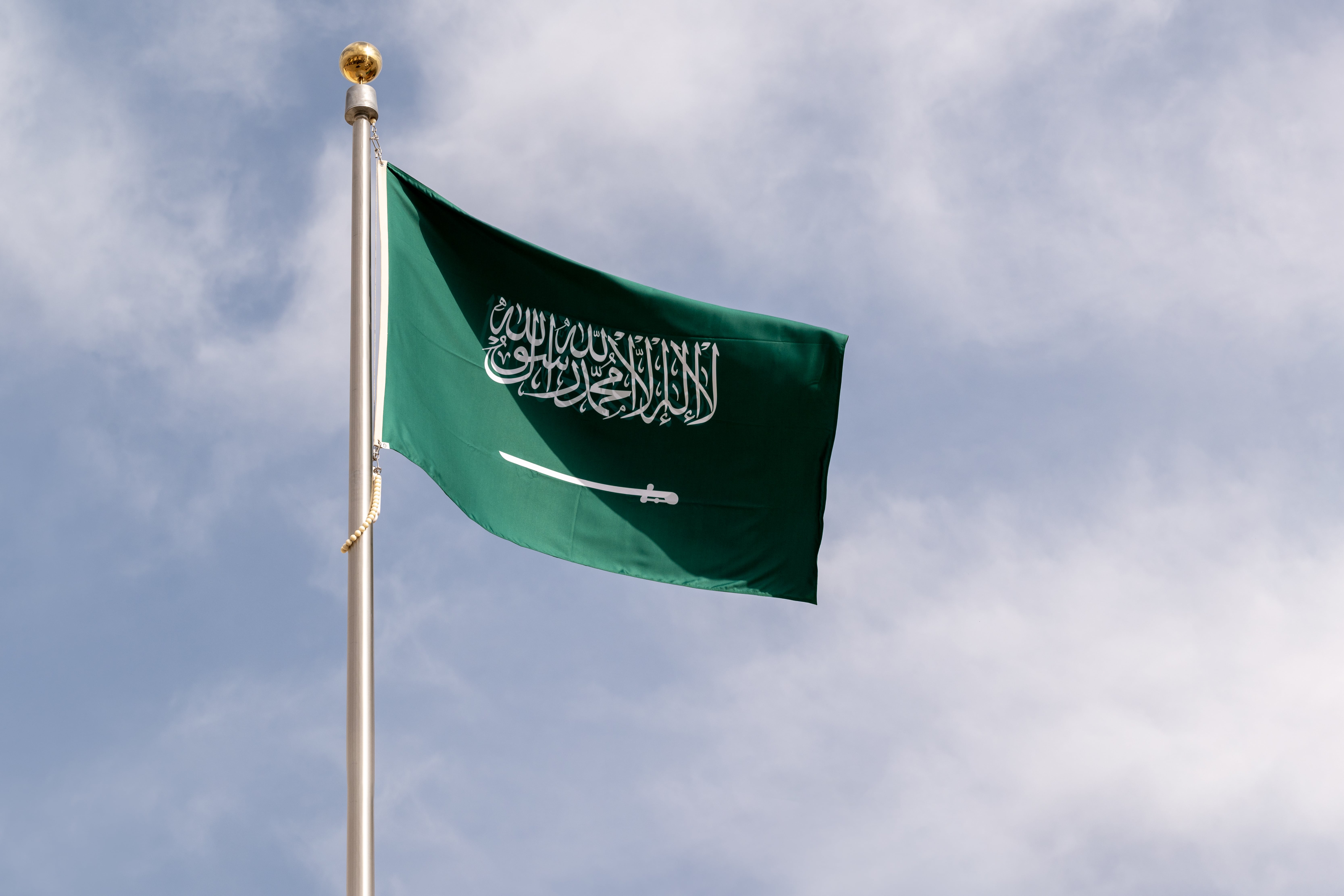
Kingdom of Saudi Arabia Flag

1
About the Flag Day
Throughout the centuries, the Saudi flag has witnessed the nation's glory and is a symbol of unity and solidarity, and it is never flown at half-mast. The flag has become a part of the Kingdom's national cohesion, with significant connotations drawn from the Kingdom's deep historical roots and cultural heritage, alluding to growth, prosperity, generosity, solidarity, and national bond. On March 11th, 1937 (27 Dhul-Hijjah 1355 AH), the late King Abdulaziz adopted the Saudi flag as it is seen today. Based on this, the Custodian of the Two Holy Mosques, King Salman - May Allah protect him- has issued a Royal Order designating March 11th as National Flag Day, during which we remember and honor our national identity symbol and celebrate the solid values it represents, the values upon which the Kingdom of Saudi Arabia is founded.

2
The Saudi Flag History
First
It was green with a white vertical stripe at the hoist and was square in shape with the Shahada (the Two Declarations of Faith) phrase "There is no God but Allah and Muhammad is the Messenger of Allah" in the middle with two crossed vertical swords at the top.
Second
It was green with a white vertical stripe at the hoist and was square in shape with the Shahada (the Two Declarations of Faith) phrase "There is no God but Allah and Muhammad is the Messenger of Allah" in the middle with two crossed vertical swords at the top.
Then
It was green with a white vertical stripe at the hoist and was square in shape with one horizontal sword above the Shahada phrase.
Now
It is a rectangle in shape; its width is equal to two- thirds of its length, and its color is green. The color extends from the pole to the end of the flag. In the middle are the Shahada (There is no God but Allah and Muhammad is the Messenger of Allah), with a sword drawn underneath parallel to them, the handle of which is directed towards the right. The Shahada and the sword are colored white and positioned in the center.
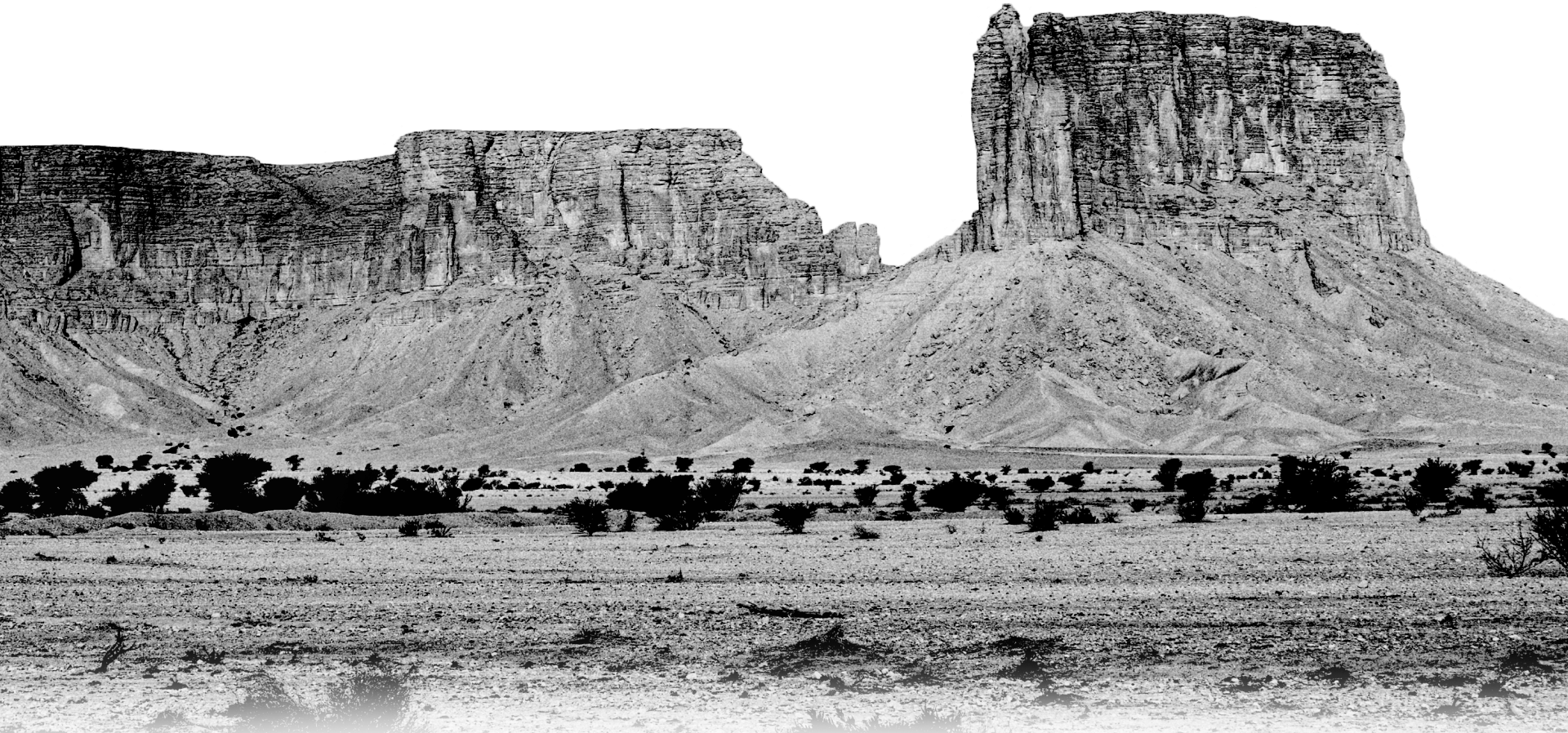





The national flag of the Kingdom of Saudi Arabia is rectangular in shape
And its color is green. The color extends from the pole to the end of the flag
In the middle are the Shahada "There is no God but Allah and Muhammad is the Messenger of Allah," with a sword drawn underneath parallel to them, the handle of which is directed towards the lower part of the flag and is on the right side and clearly observable on both sides.
its width is equal to two-thirds of its length
Length of the flag
Measurement of the right and left width
width of upper and lower sections
The Custodian of the Two Holy Mosques shall have a special flag that matches the national flag in its characteristics but with the state emblem, which is two crossed swords underneath a palm tree, embroidered in the lower corner of the flagpole side.
3
Standard Specifications of the Flag
4
Folding the flag
The flag is folded when an official mission or occasion is completed. When lowering the flag, it must be folded so that none of its sides dangle and touch the ground, and it must be placed in the flag case.The flag is folded so that the Shahada appear on the top and the sword on the other side. An illustration of how to fold the flag:
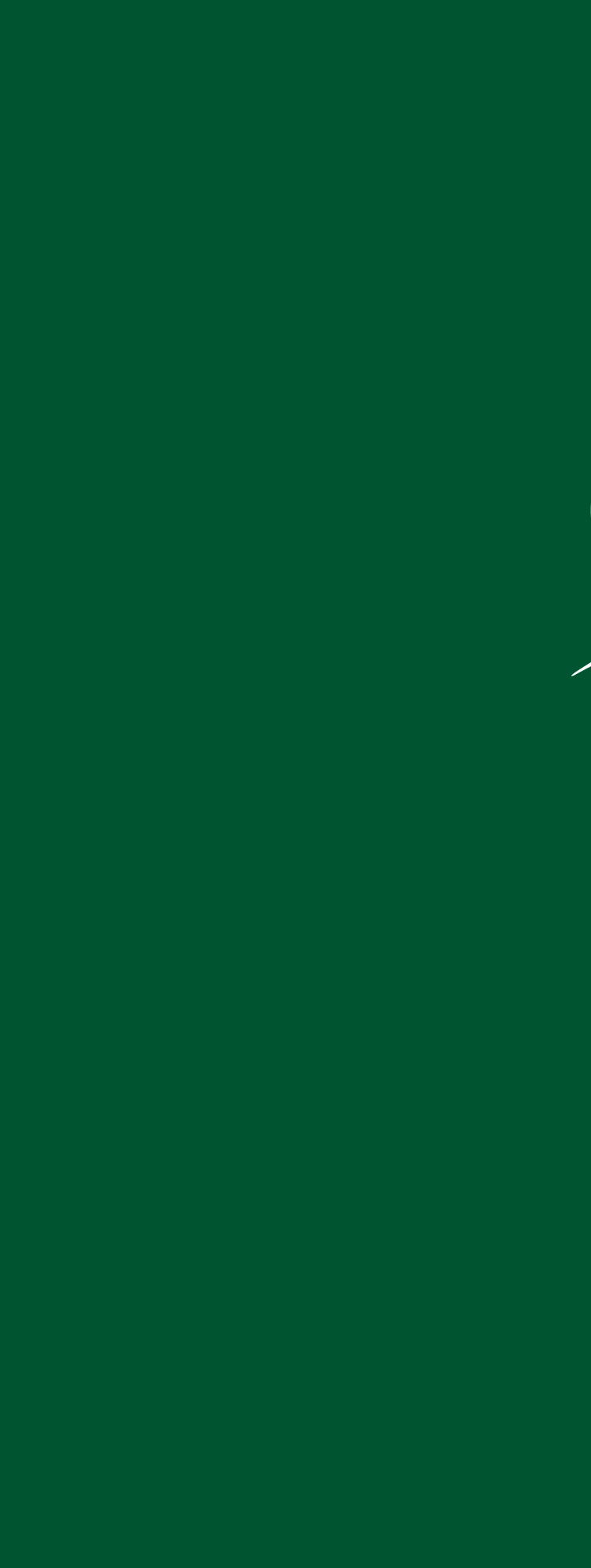
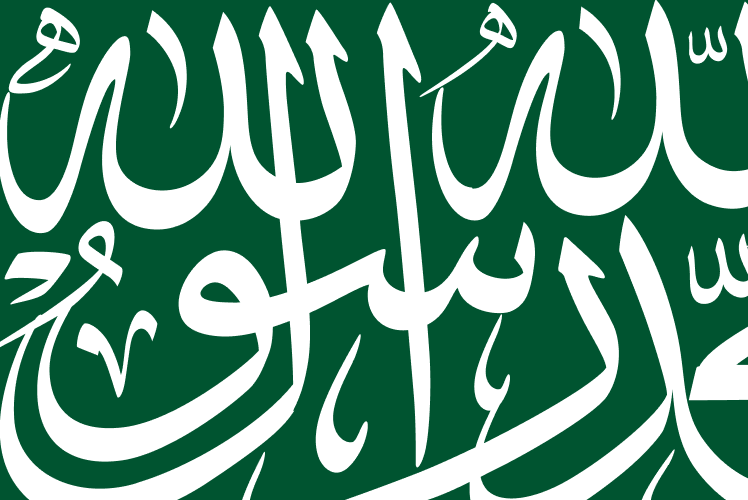
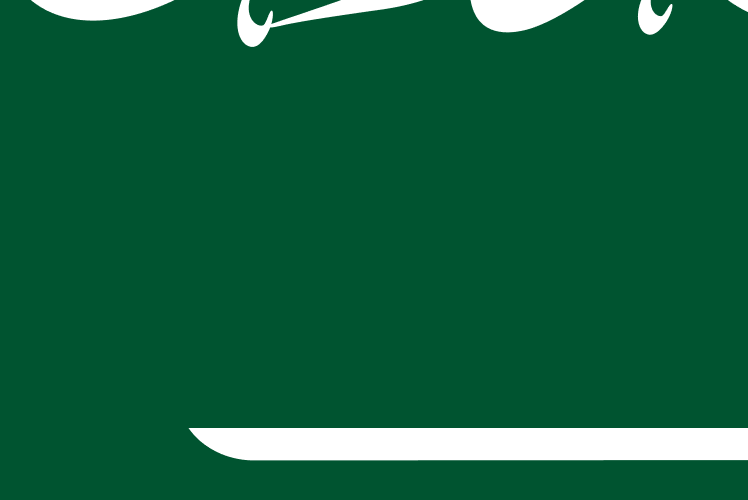
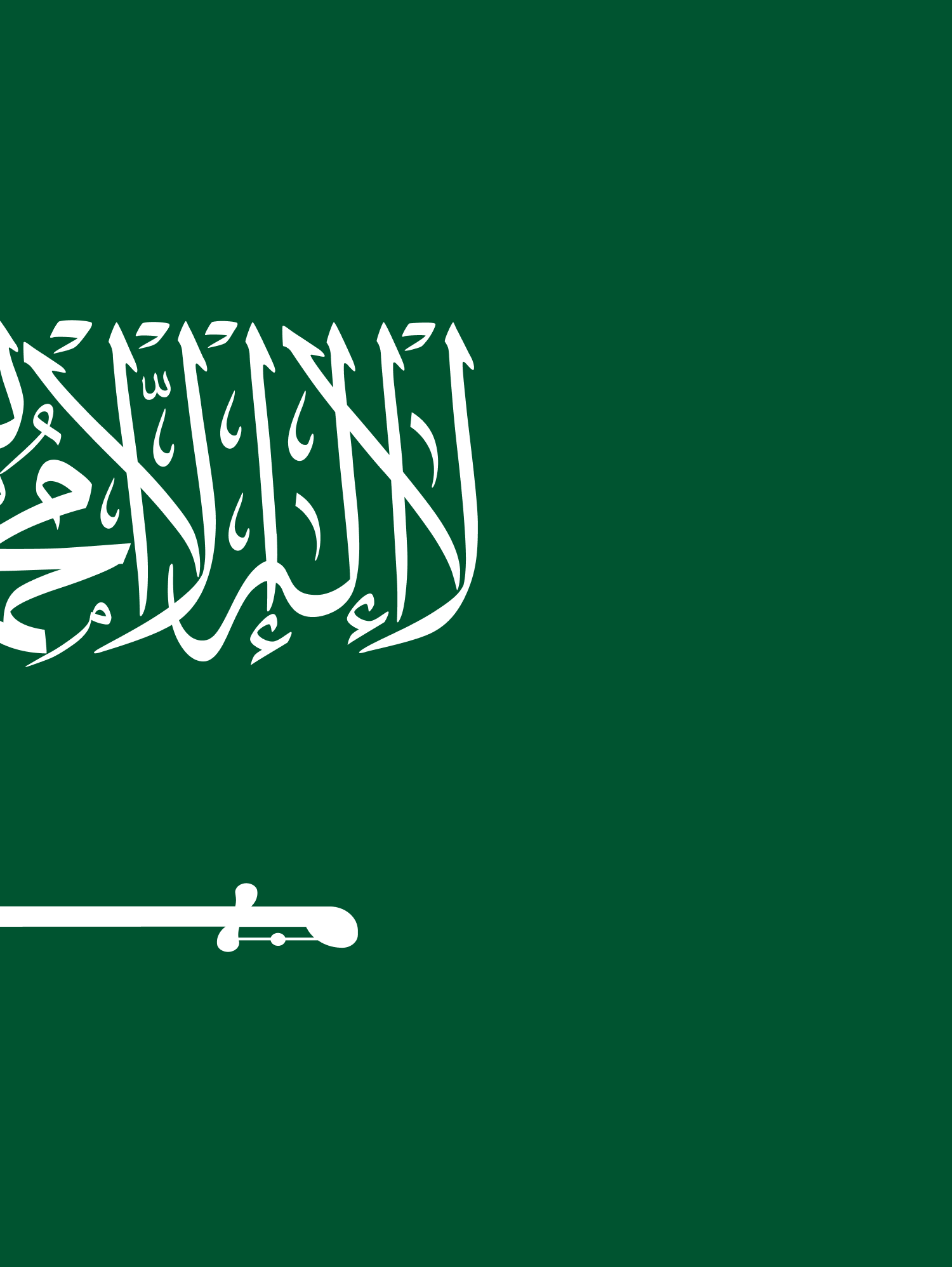




5
Bairaq Al Ardah (Al Ardah Flag)
Bairaq Al Ardah is the flag used in performing the Saudi Ardah, and it holds a special place in the hearts of this blessed country's kings:

A golden finial topped by a triangular Bayonet adorns the top of the Bairaq pole.
The Bairaq pole is not more than four meters long to make it easier to hold while performing the Ardah.
The average length of the Bairaq is three meters.
The Bairaq color is green, and the Shahada and sword are embroidered with golden threads.
The Bairaq holder stands in line with the Ardah performers, holds the flagpole with his left hand, and places the flag on his right shoulder.
The Bairaq holder wears a belt to stabilize the base of the Bairaq while performing the Ardah.
Several chains dangle from the flagpole's finial.
